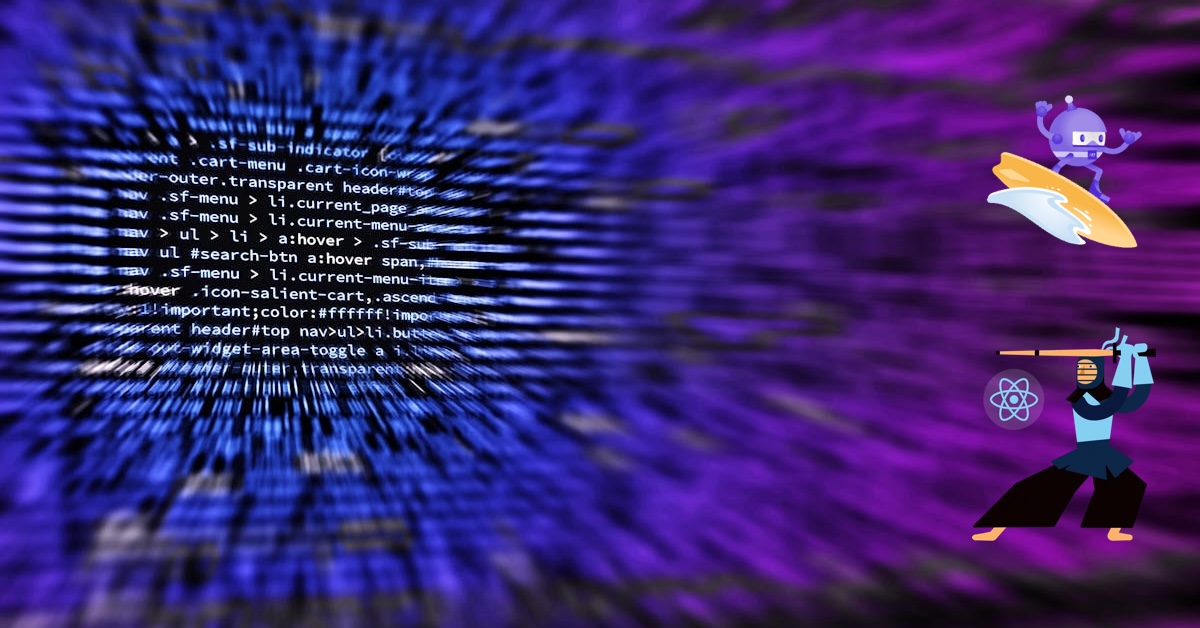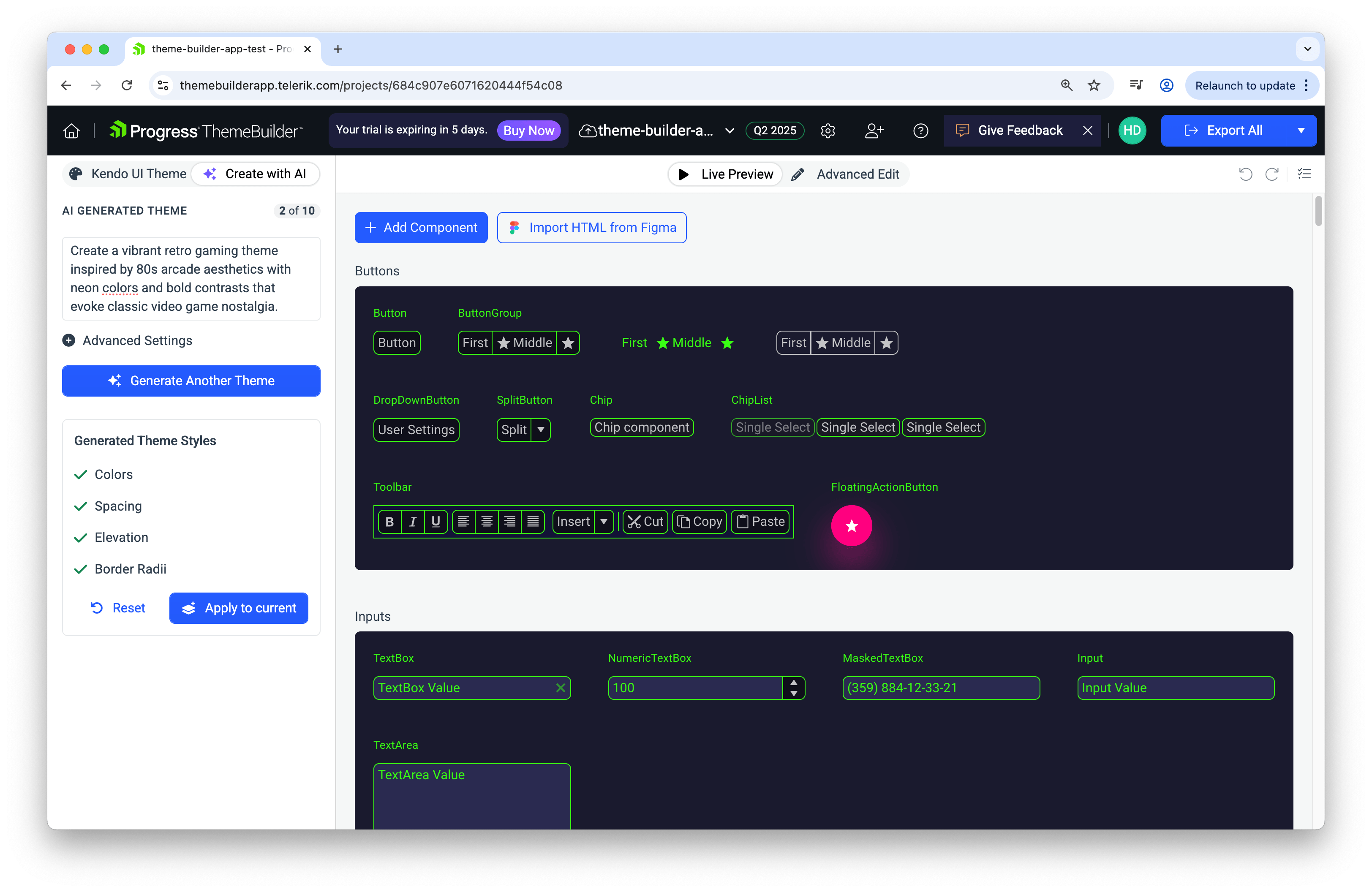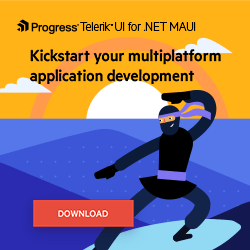Sands of MAUI: Issue: #196

Welcome to the Sands of MAUI—newsletter-style issues dedicated to bringing together the latest .NET MAUI content relevant to developers.
A particle of sand—tiny and innocuous. But put a lot of sand particles together and we have something big—a force to reckon with. It is the smallest grains of sand that often add up to form massive beaches, dunes and deserts.
.NET developers are excited with the reality of .NET Multi-platform App UI (.NET MAUI)—the evolution of modern .NET cross-platform developer technology stack. With stable tooling and a rich ecosystem, .NET MAUI empowers developers to build native cross-platform apps for mobile/desktop from single shared codebase, while inviting web technologies in the mix.
While it may take a long flight to reach the sands of MAUI island, developer excitement around .NET MAUI is quite palpable with all the created content. Like the grains of sand, every piece of news/article/documentation/video/tutorial/livestream contributes toward developer experiences in .NET MAUI and we grow a community/ecosystem willing to learn and help.
Sands of MAUI is a humble attempt to collect all the .NET MAUI awesomeness in one place. Here’s what is noteworthy for the week of August 11, 2025:
Lottie with .NET MAUI
.NET MAUI is the evolution of modern .NET cross-platform development stack, allowing developers to reach mobile and desktop form factors from a single shared codebase. Building engaging user experiences can be challenging for modern apps—animations can make the difference in capturing user attention. Lottie has been a popular way for developers to build delightful animations, and Héctor Pérez wrote up a wonderful article—enhancing .NET MAUI app experiences using Lottie animations.
A Lottie animation is a type of vector-based animation represented in JSON format, which allows it to be scalable, lightweight and easily integrated across various platforms. While there are several ways to integrate Lottie animations in .NET MAUI apps, Héctor recommends the most popular one maintained by the team behind SkiaSharp—SkiaSharp.Extended.UI.Maui includes the SkLottieView control.
Héctor showcases the developer experience of using Lottie animations in .NET MAUI apps. The steps are simple and there is a rich API set for developer flexibility. The article talks through configurability of Lottie animations and walks through real world examples—a nice showcase to inspire .NET MAUI developers to leverage Lottie animations toward delightful UX.

React UI in .NET MAUI
While .NET MAUI is squarely meant for developers to build native mobile/desktop apps, armed with modern smart WebViews, .NET MAUI is more than capable of welcoming web content to native land. In fact, web developers should feel empowered to bring web UI components, routing, styling and more to native cross-platform .NET MAUI apps, while gaining complete native platform API access. This is true for .NET developers doing Blazor, as well as for JS developers building with React, Angular, Vue or other frameworks.
React has grown to be a popular and dominant frontend framework—yet it is evolving fast, and a passionate developer ecosystem is fueling further growth. There is good news for React developers wanting some polished free UI, with everything reusable on .NET MAUI apps as well, and an aging developer wrote up the experience—React UI for native apps.
Progress KendoReact is a leading React component library—an arsenal of 120+ enterprise-grade UI components and tools that simplify design and UI customization; however, there was space to lower the barrier to entry. Say hello to KendoReact Free—a collection of 50+ customizable, enterprise-grade KendoReact UI components available completely free on npm, with no signups or license needed. With KendoReact Free UI components, developers enjoy extensive features, ease of customization, accessibility, localization, consistent APIs and comprehensive documentation, along with developer productivity and styling tools.
While React UI obviously works on the web, the same UI can power experiences on native cross-platform .NET MAUI apps. The article showcases the developer experience of reusing React UI on mobile/desktop apps. With responsive UI rendering and sharing of UI code/styles, developers have a good story with native API access—React and .NET enable easy bidirectional communication with modern WebViews.

GPT-5 Release
It is the age of AI, and there is a huge opportunity for .NET developers to infuse apps with solutions powered by generative AI and large/small language models. OpenAI is the maker of some of the most popular AI services, with nearly 700 million people using ChatGPT weekly, and there is big news this week—say hello to GPT-5 and the new era of creativity.
This week, OpenAI has begun rolling out GPT-5, the latest iteration of its flagship large language model, to all users. OpenAI claims GPT-5 is smarter, faster, more useful and accurate, with a lower hallucination rate than previous models. Sam Altman touted GPT-5 to be a significant step along the path toward artificial general intelligence.
OpenAI announced a few variations of the model with pricing changes for API usage, and ChatGPT users can control temperature with four preset personalities—Cynic, Robot, Listener and Nerd. GPT-5 is also expected to be a great coding collaborator that excels at agentic tasks with large token context windows. Overall, a big step to move one of the most popular LLMs forward.

VS Code Update
Modern AI is big opportunity to streamline and automate developer workflows for better productivity. VS Code is the open-source code editor, popular for .NET MAUI development and with integrated GitHub Copilot. The developer experience with AI is constantly getting better in VS Code. The team behind VS Code has been firing on all cylinders and recently pushed out a big release—VS Code v1.103 July release is here for primetime.
GitHub Copilot is already one of the most popular and productive coding assistants for developers—an AI peer programmer that helps developers write better code. There is a lot of AI goodness in the latest VS Code release. This includes latest GPT-5 integration for GitHub Copilot, restoring to previous state with chat, removing MCP tool limits, auto-starting MCP servers and generally more developer control over LLMs in use. This is a space of furious innovations and nice to see VS Code/GitHub Copilot pushing the limits to make developers more productive with AI—cheers.
![What's new in Visual Studio Code - July Update [1.103]](https://d585tldpucybw.cloudfront.net/sfimages/default-source/sandsofmaui/coderelease.jpeg?sfvrsn=89f16136_1)
Styling Web UI
.NET MAUI is built to enable .NET developers to create cross-platform apps for Android, iOS, macOS and Windows, with deep platform integrations, native UI and hybrid web experiences. Modern frameworks like .NET MAUI enable seamless sharing of code/styles across web and native apps—developers are able to power experiences on mobile/desktop platforms with web UI. Styling web UI with CSS can feel overwhelming at times. Visual tools like ThemeBuilder can make designers/developers productive, with modern AI lending a helping hand. Hassan Djirdeh wrote up a wonderful article showcasing modern web UI styling, all of which is reusable on .NET MAUI—say hello to ThemeBuilder UI styling powered by AI.
While UI component libraries accelerate app development with prebuilt performant feature-rich UI, out-of-the-box components often need to be matched up with specific design requirements. Unique branding, color schemes, typography and visual styles need to be applied consistently across all app UI. This is where ThemeBuilder comes in as a powerful visual styling tool—nothing beats being able to see style changes visually.
Hassan introduces ThemeBuilder as the styling command center for visual component editing with advanced customizations and enabling collaborative workflows, before diving into what’s new—AI-powered styling. The article talks through how easy it is to get started with AI-generated themes from simple prompts and introduces settings for fine-tuning AI style generation—overall, a nice showcase of AI-powered theme generation in ThemeBuilder. While web apps benefit the most from ThemeBuilder styling, modern WebViews in .NET MAUI can easily render the same web UI—styles can be shared across web and native apps.

That’s it for now.
We’ll see you next week with more awesome content relevant to .NET MAUI.
Cheers, developers!

Sam Basu
Sam Basu is a technologist, author, speaker, Microsoft MVP and gadget lover. With a long developer background, he also worked as a Developer Advocacy Manager for advocating modern web/mobile/cloud development platforms on Microsoft/Telerik/Kendo UI technology stacks. His spare times call for travel, fast cars, cricket and culinary adventures with the family.

